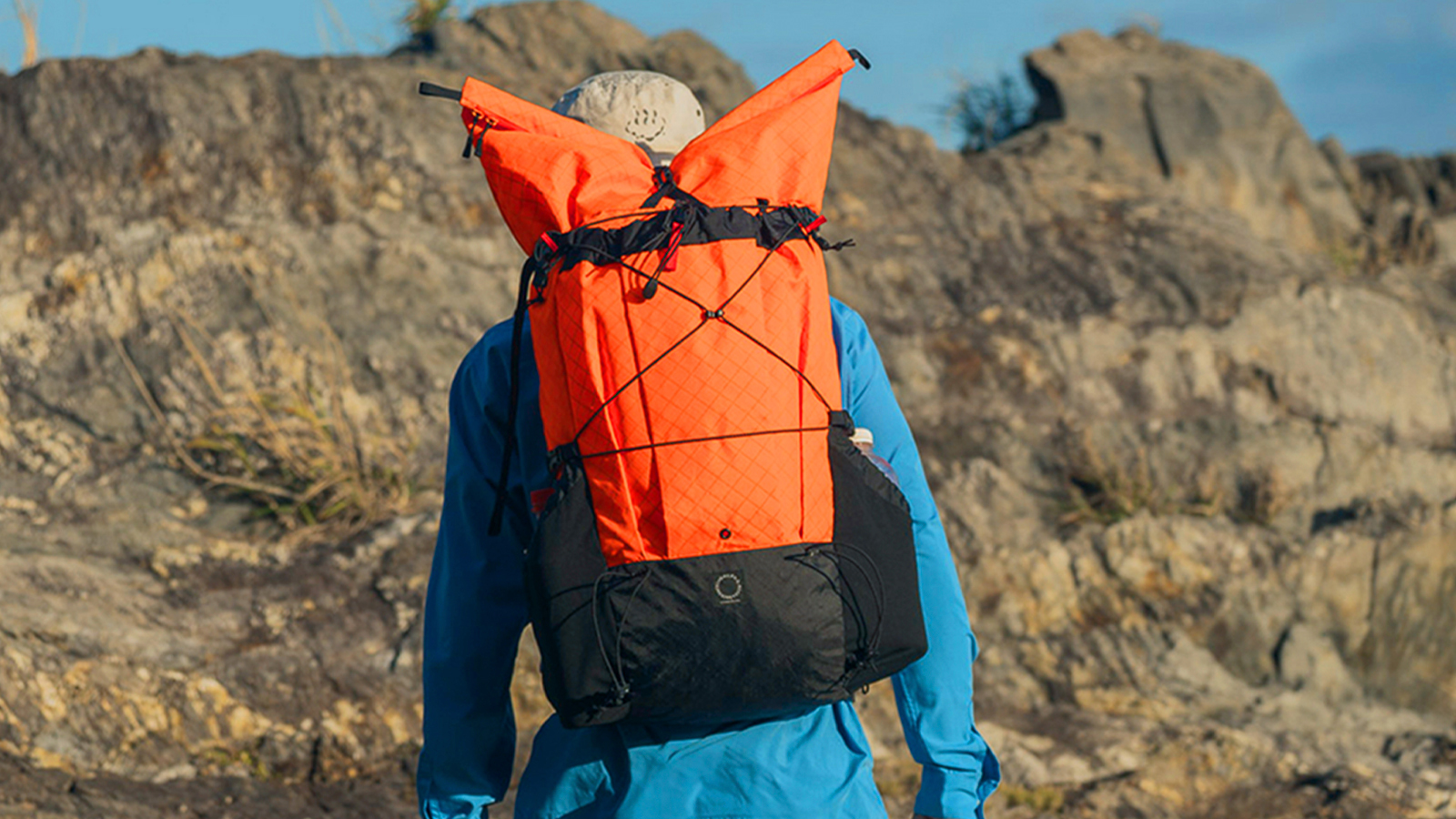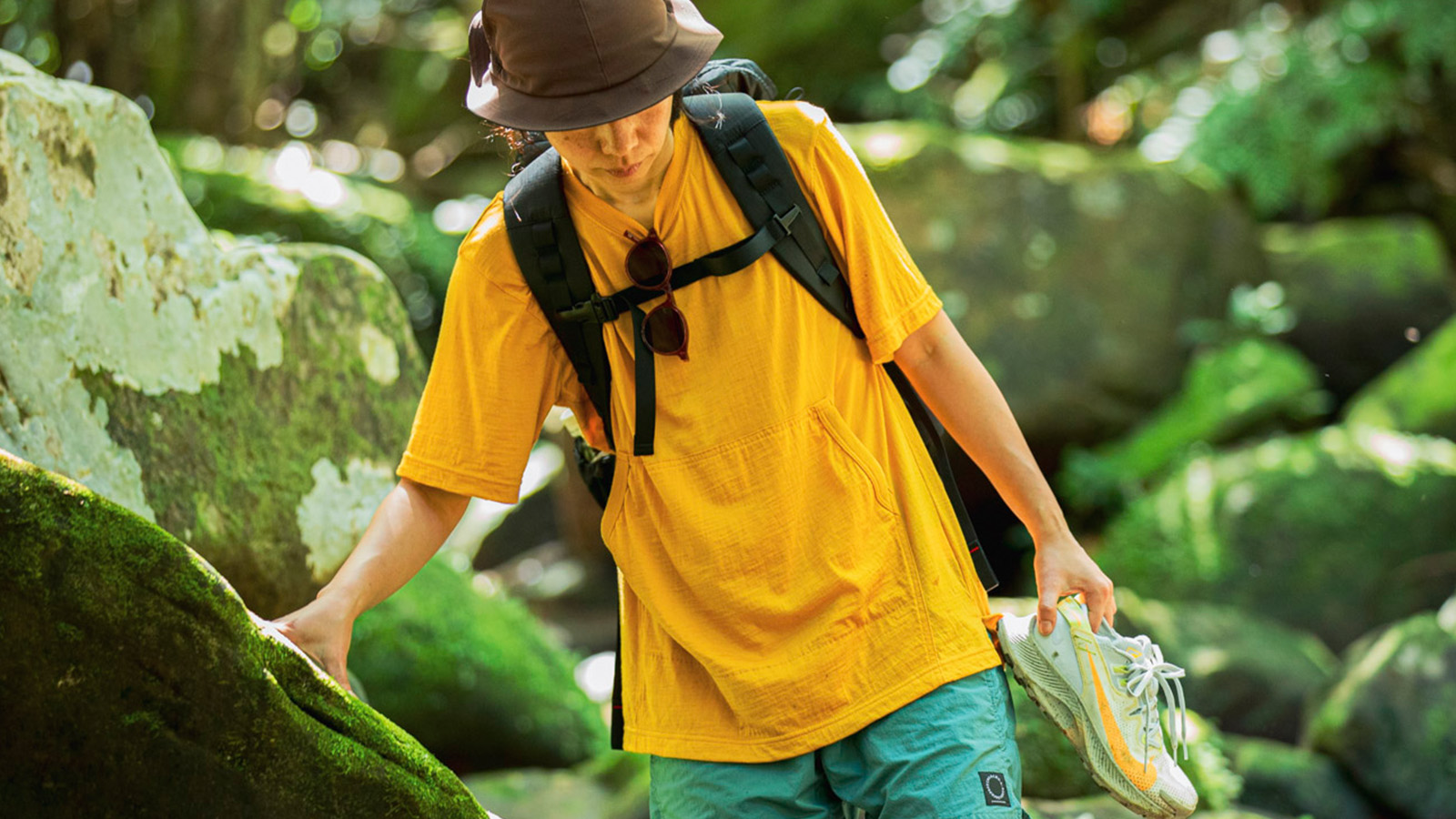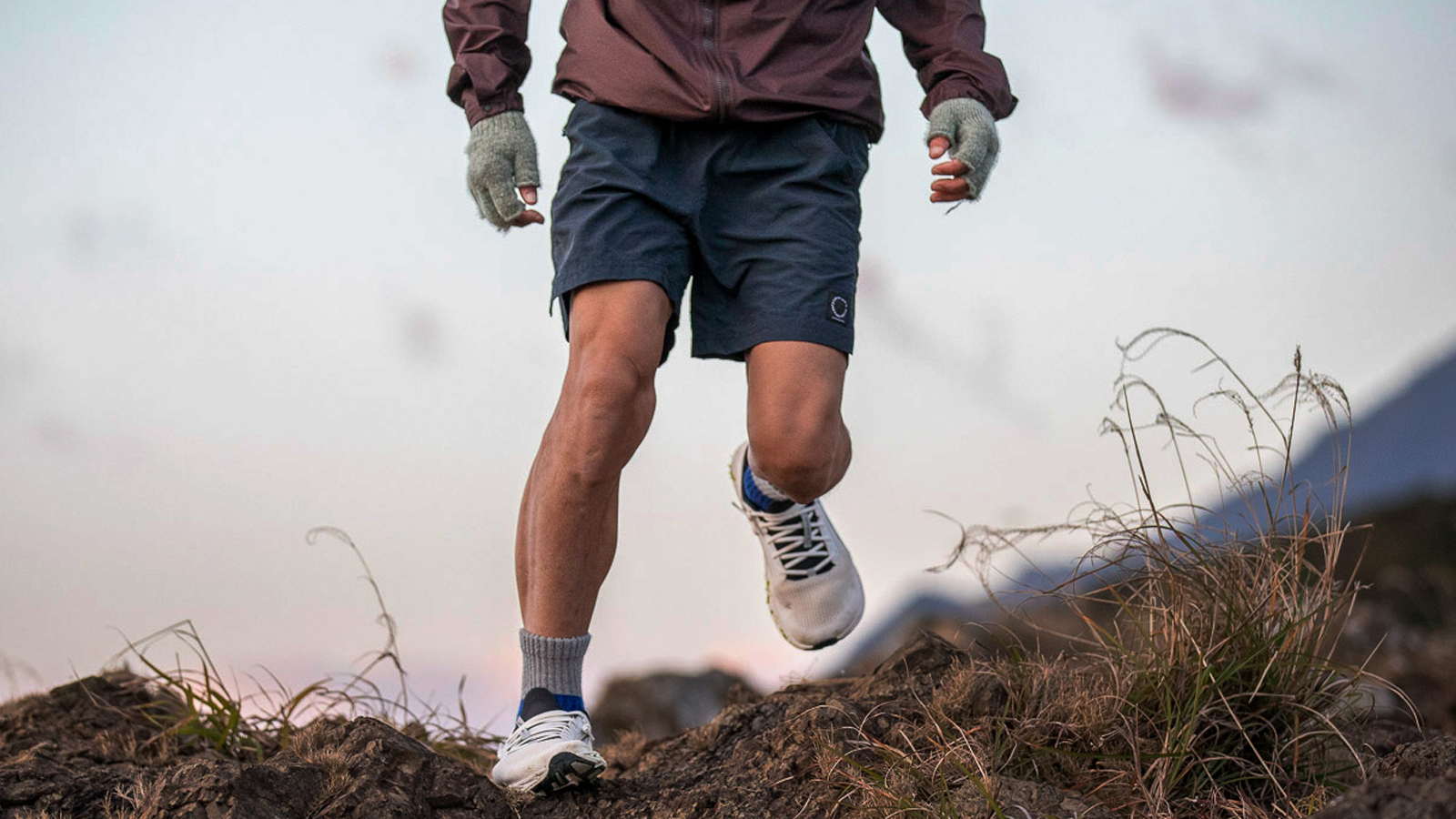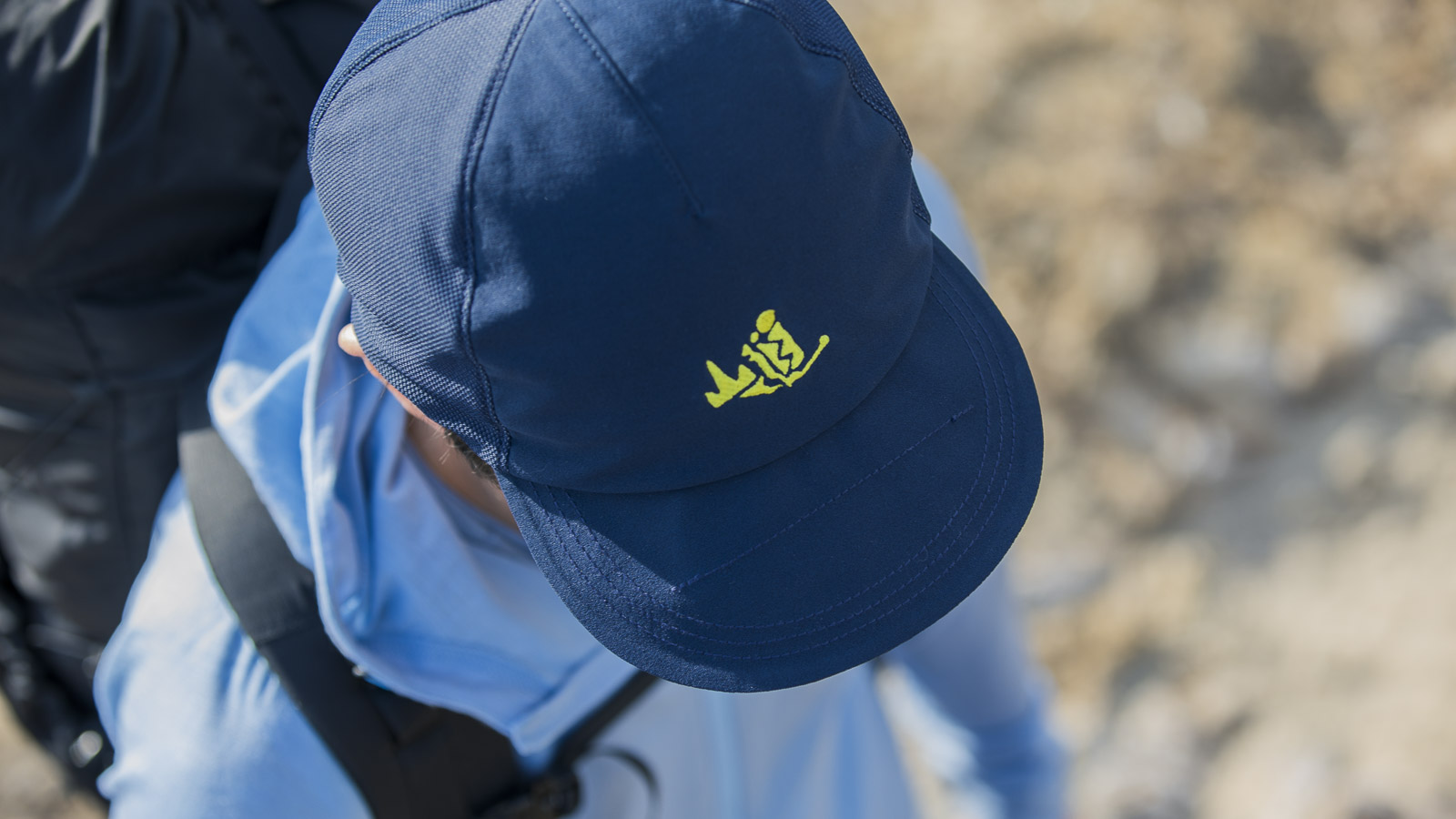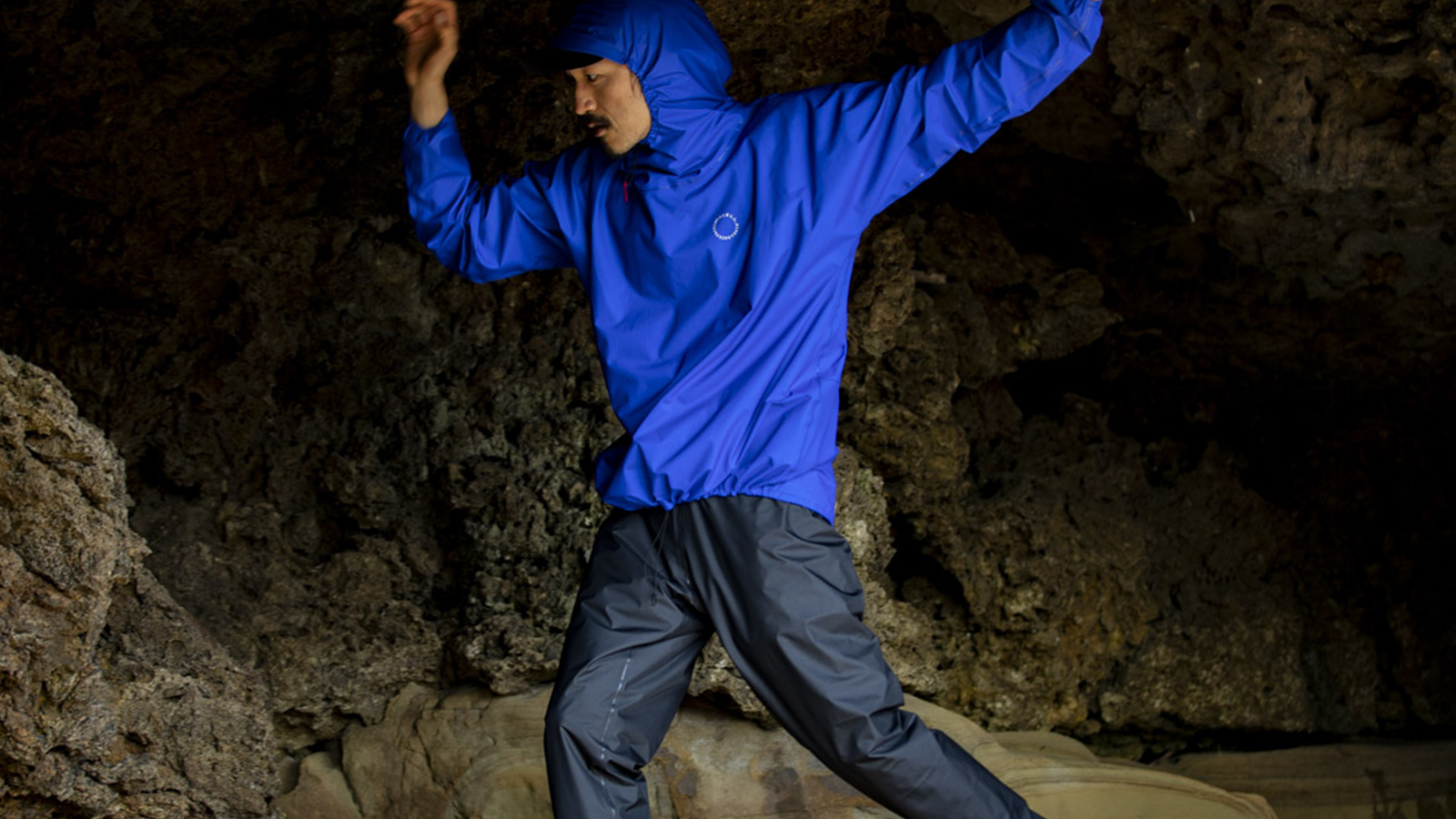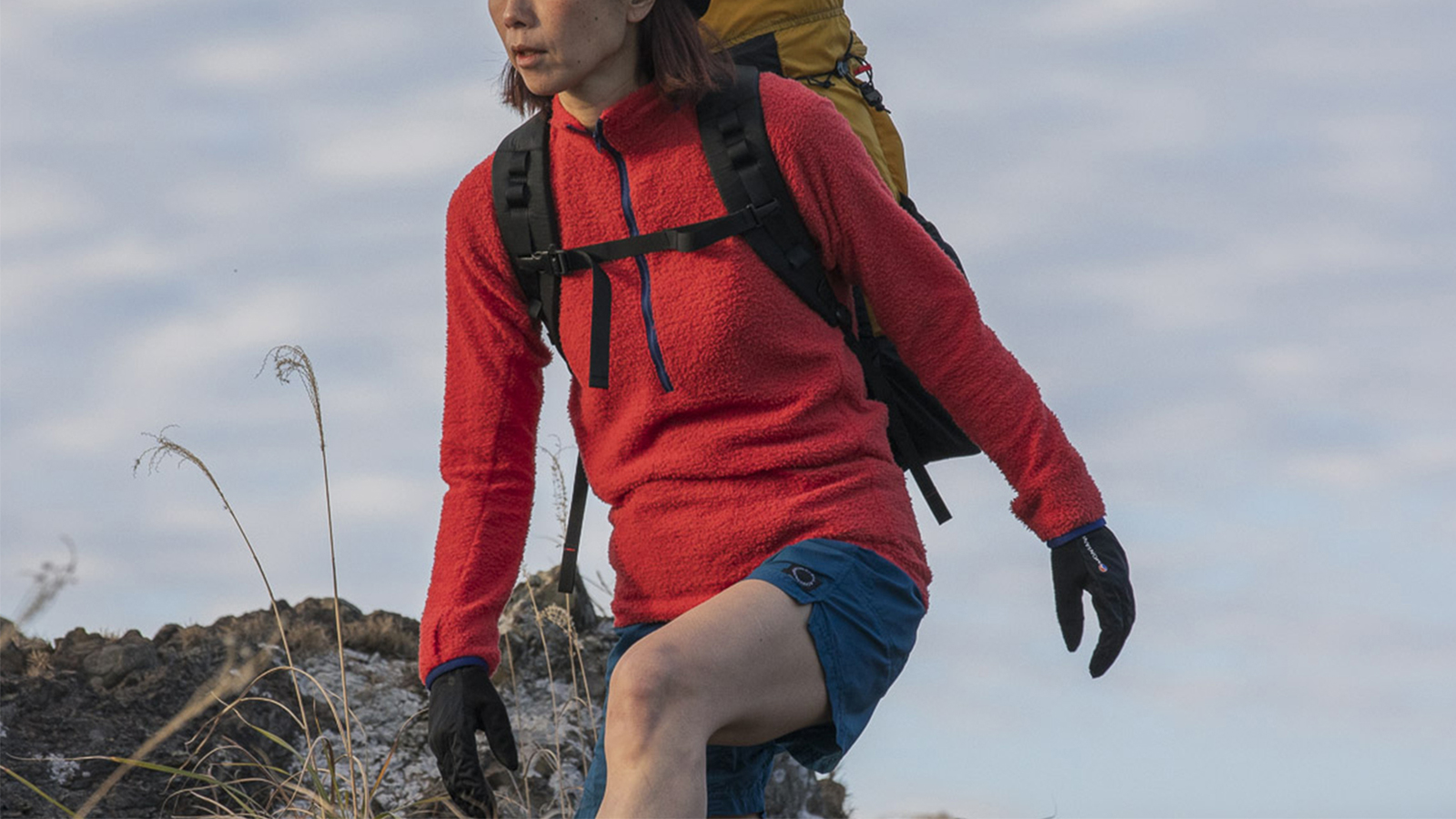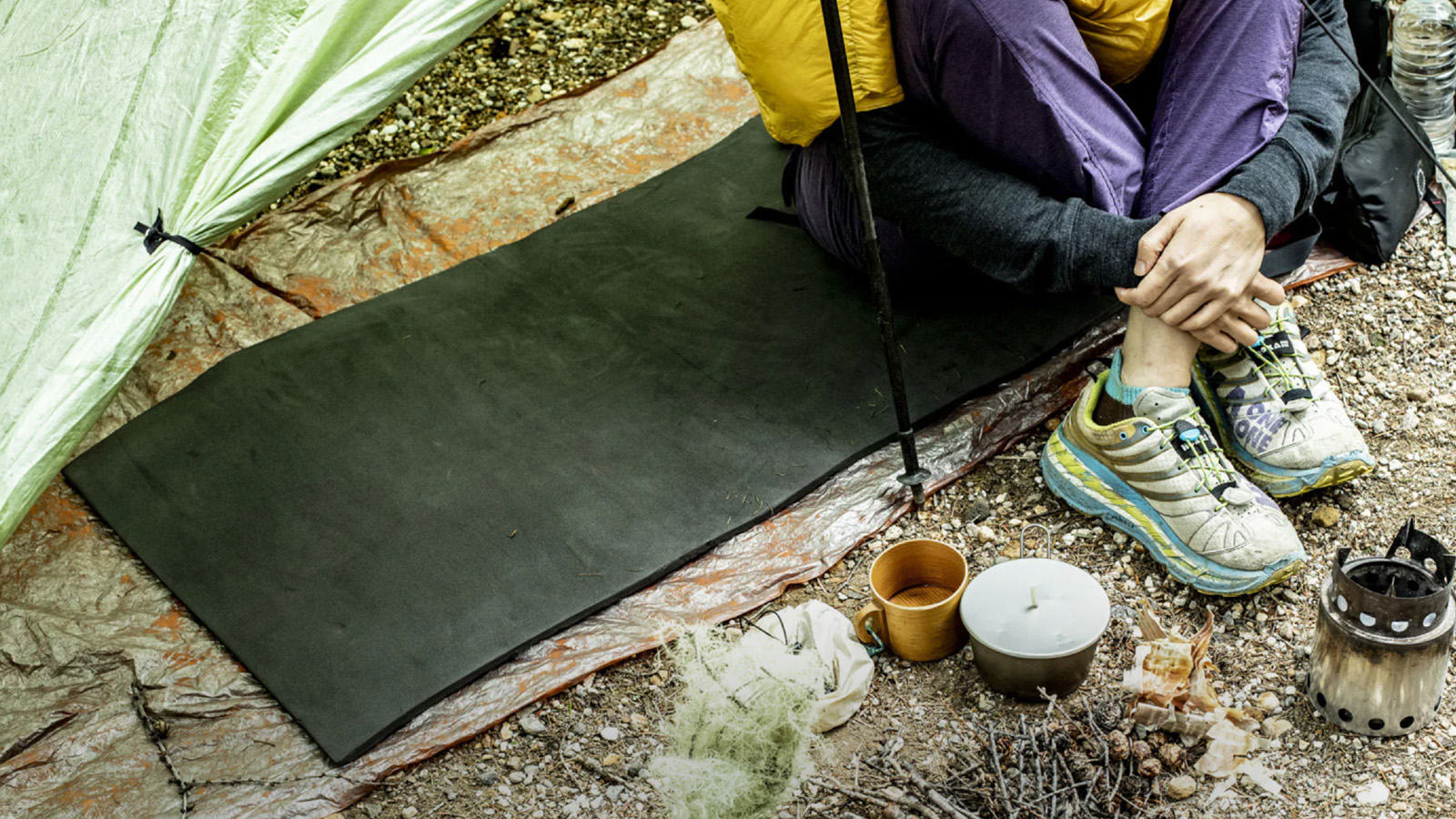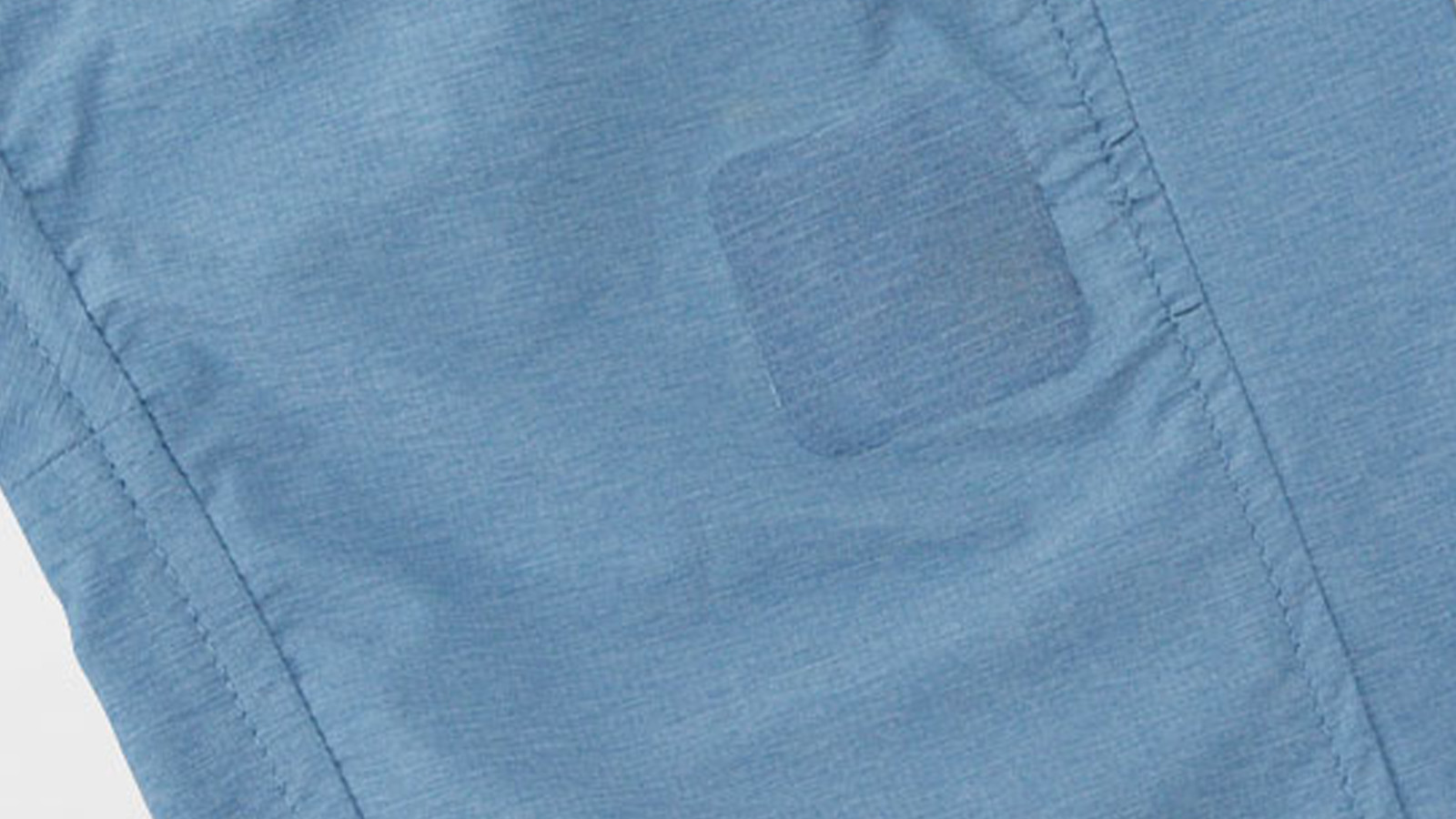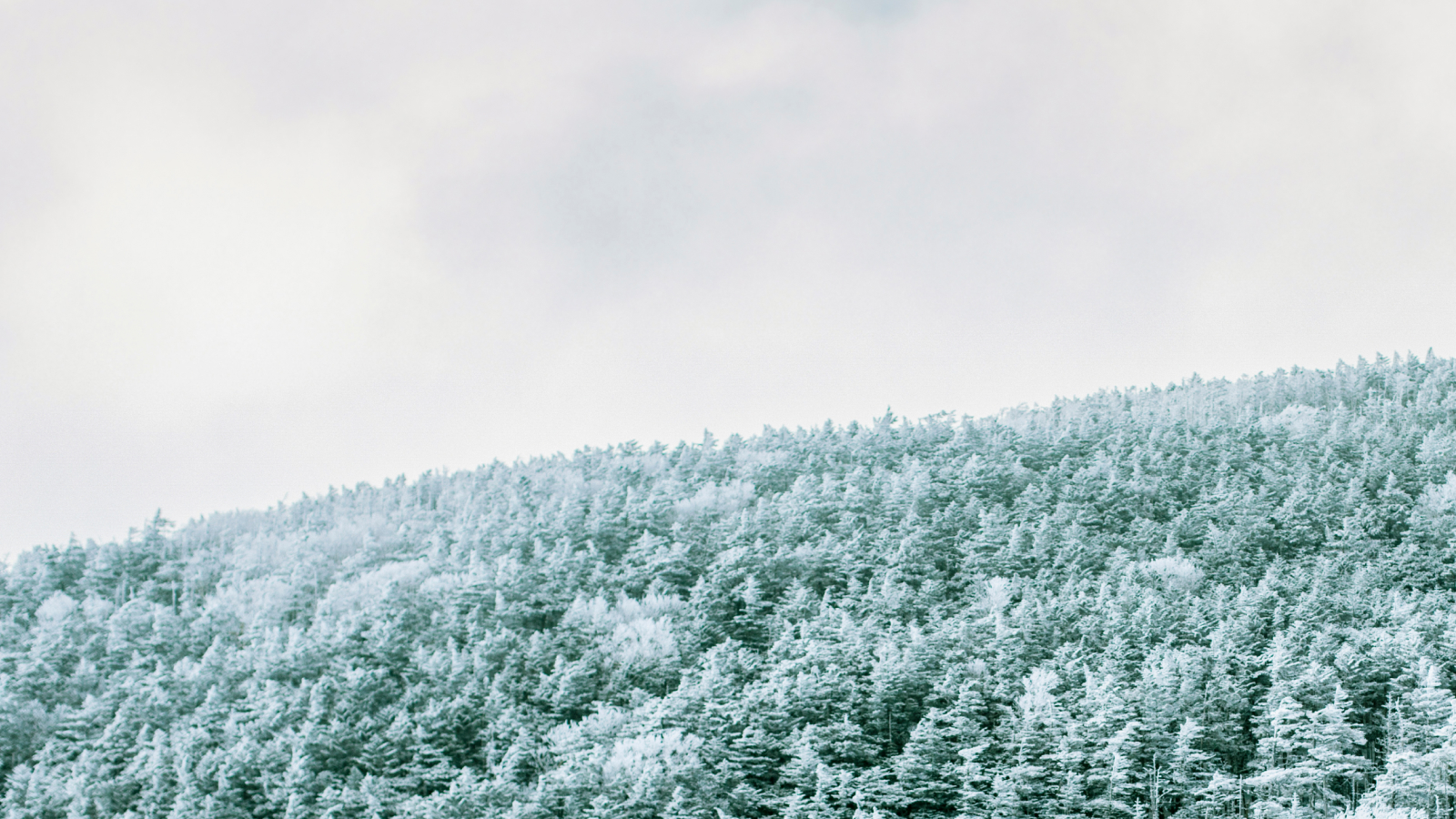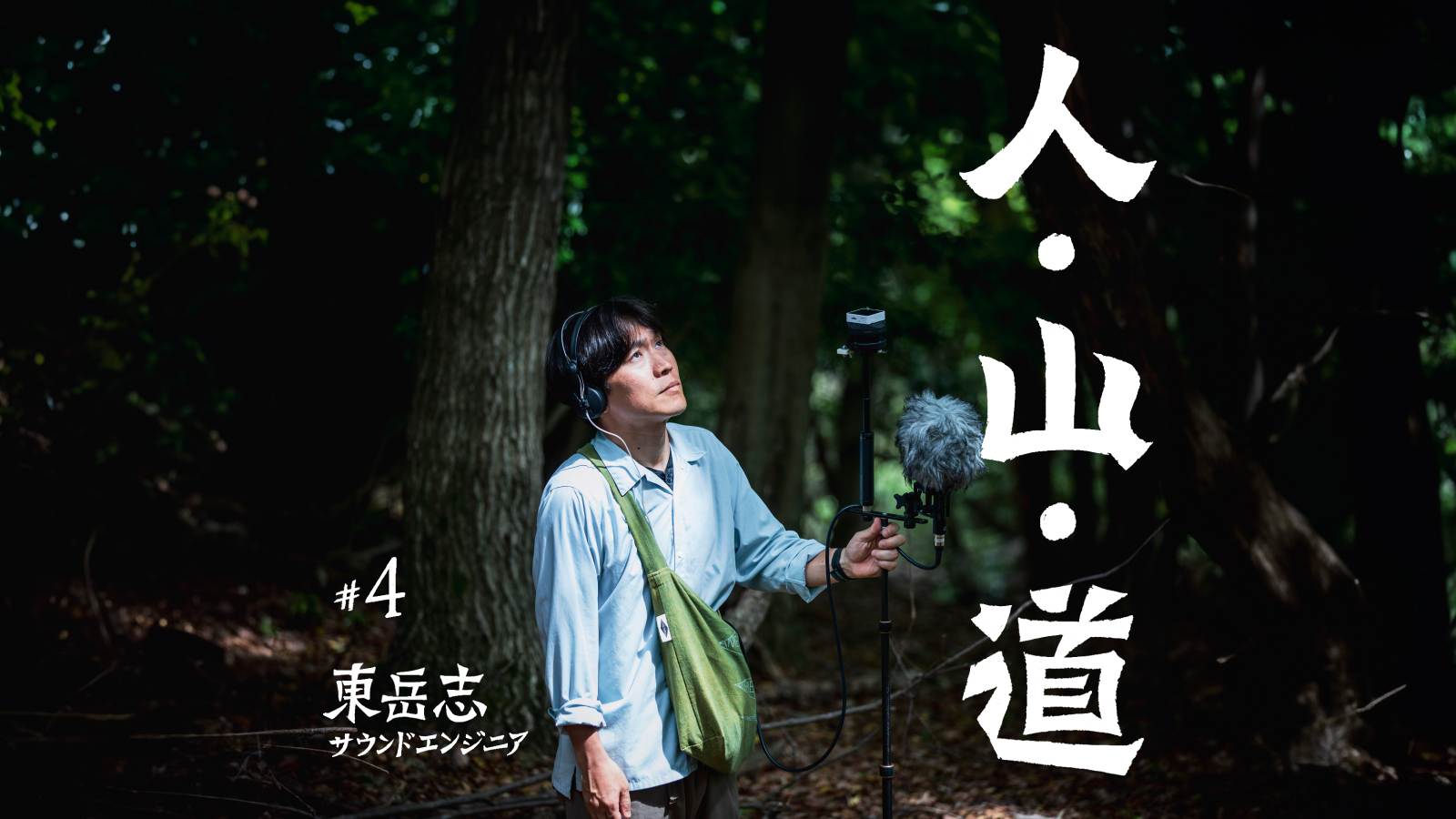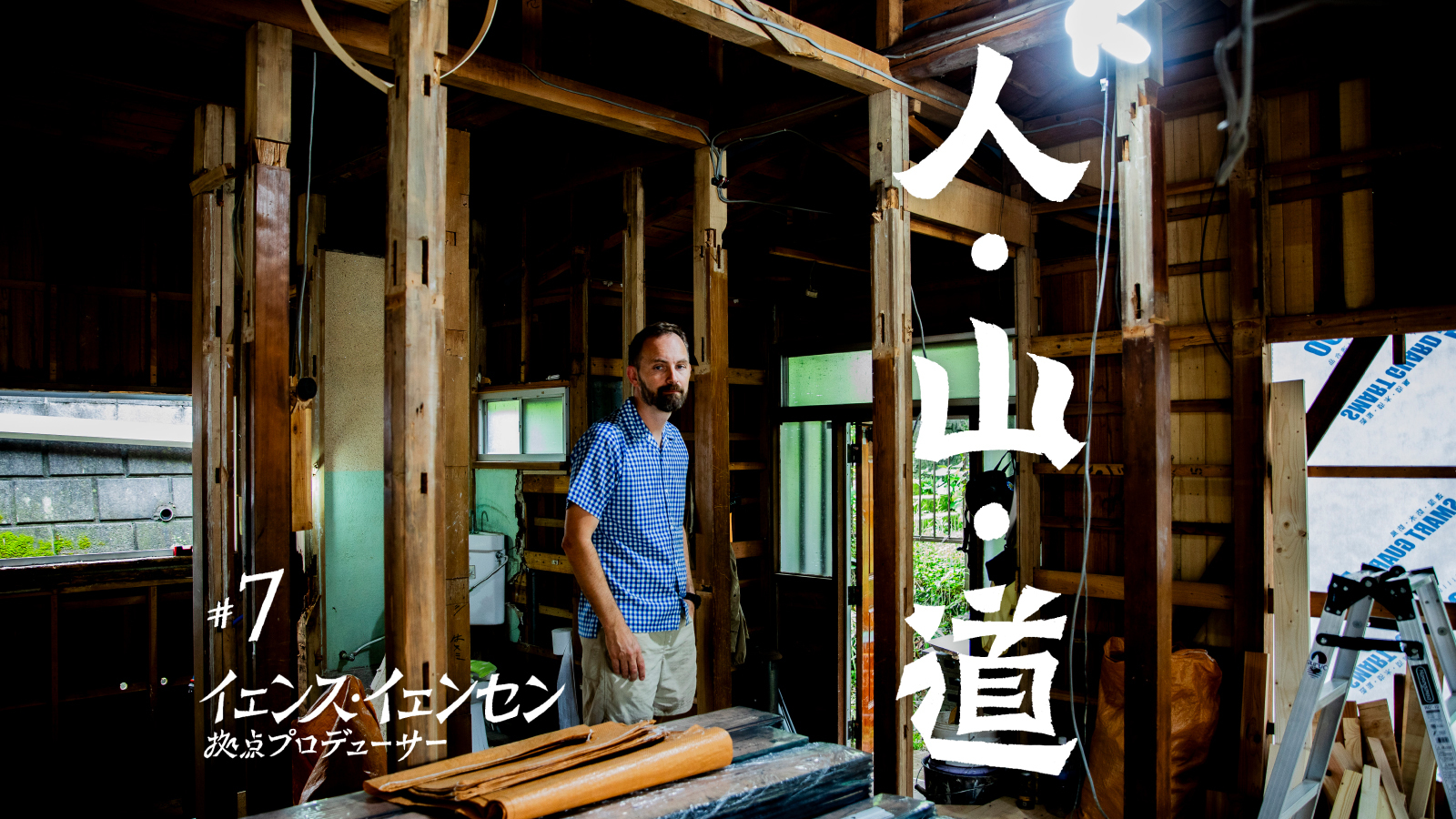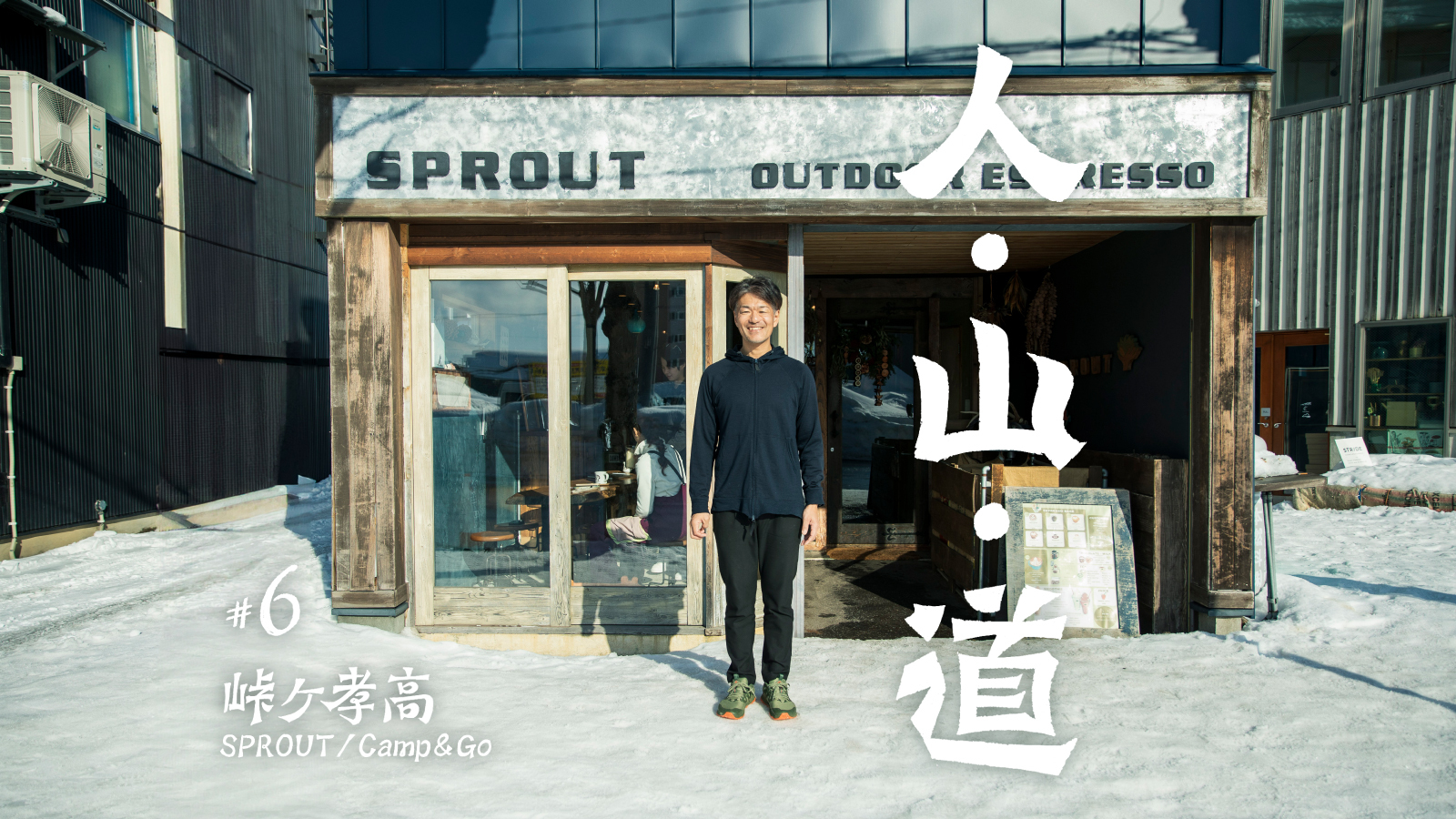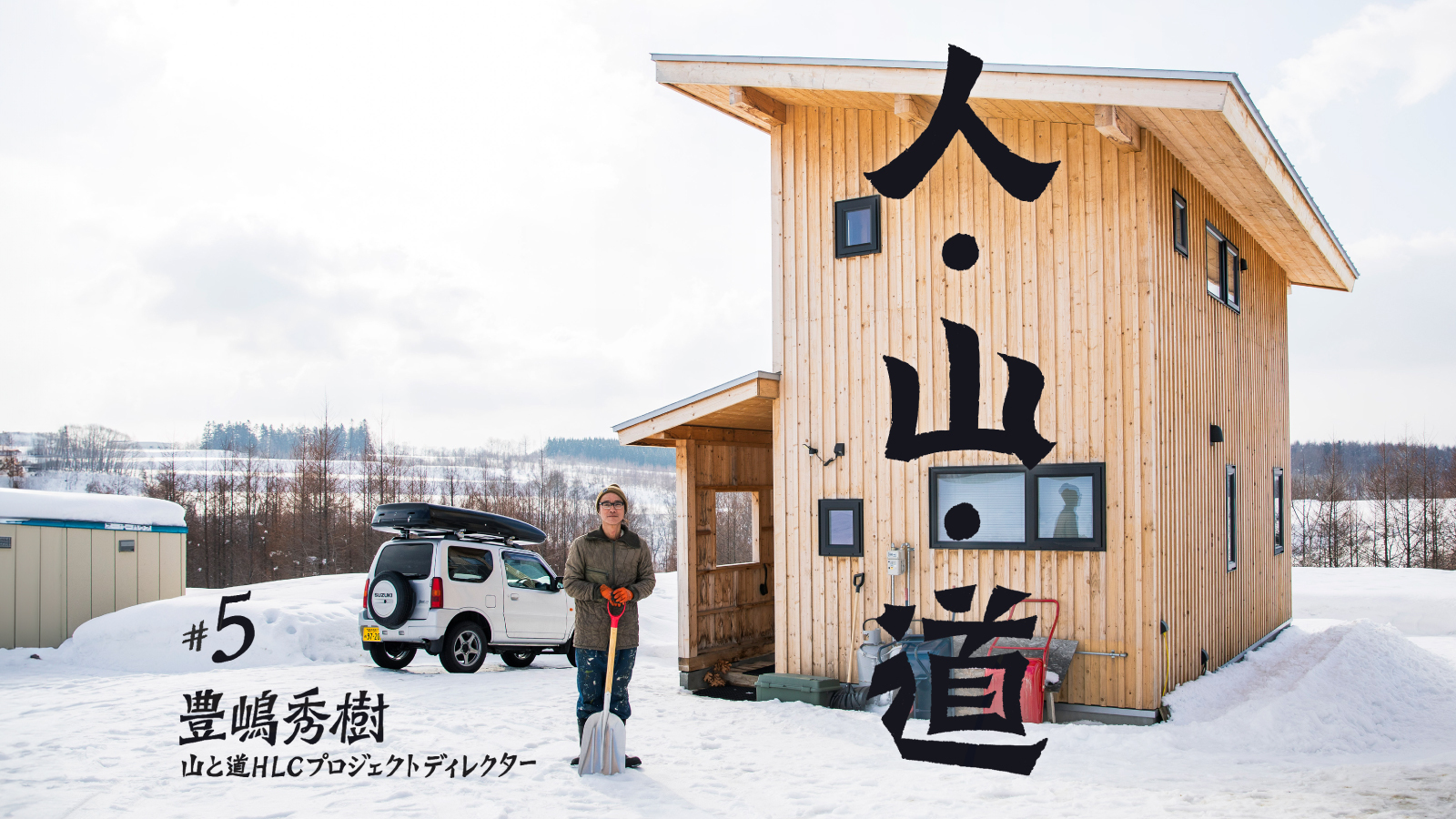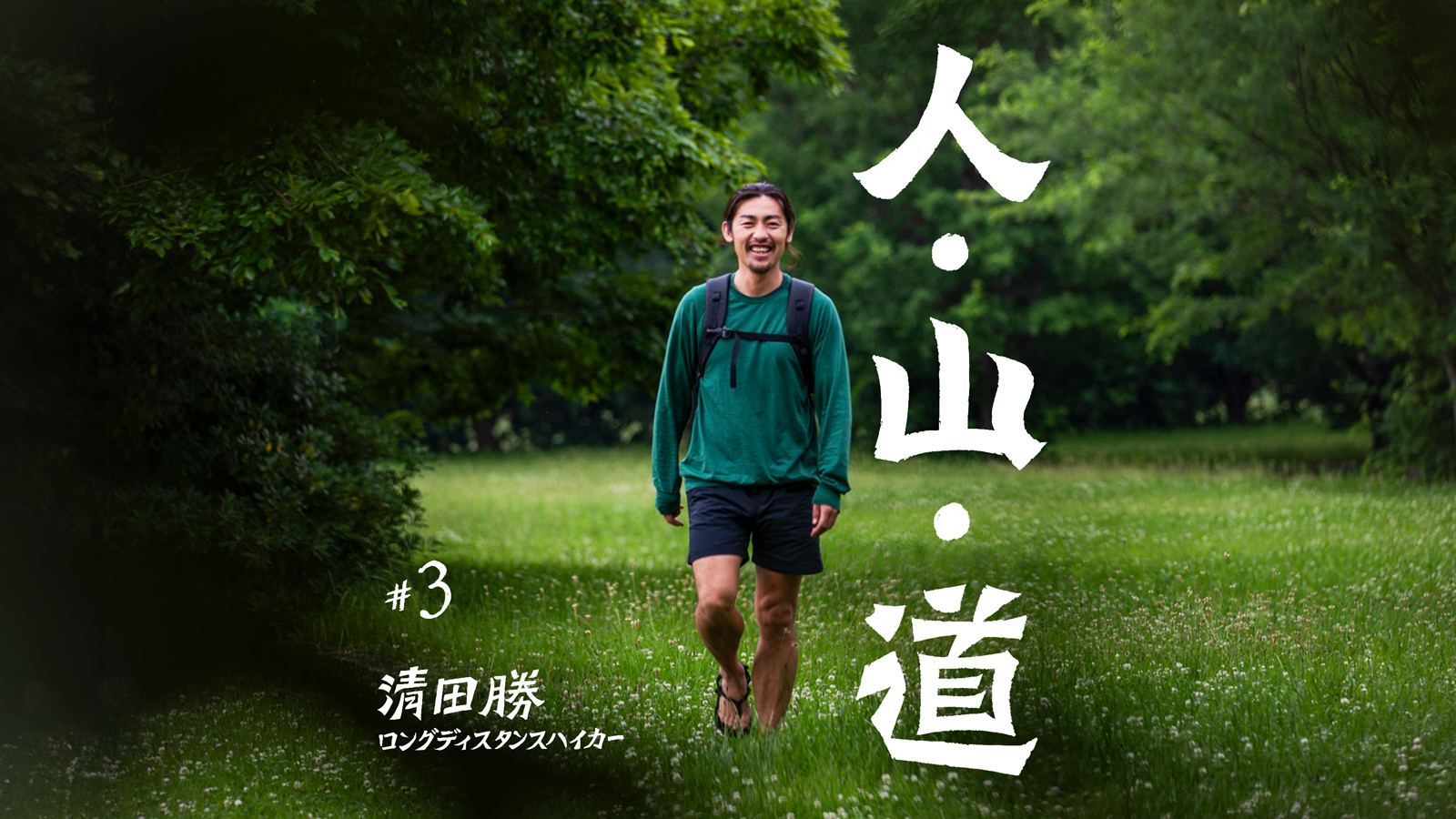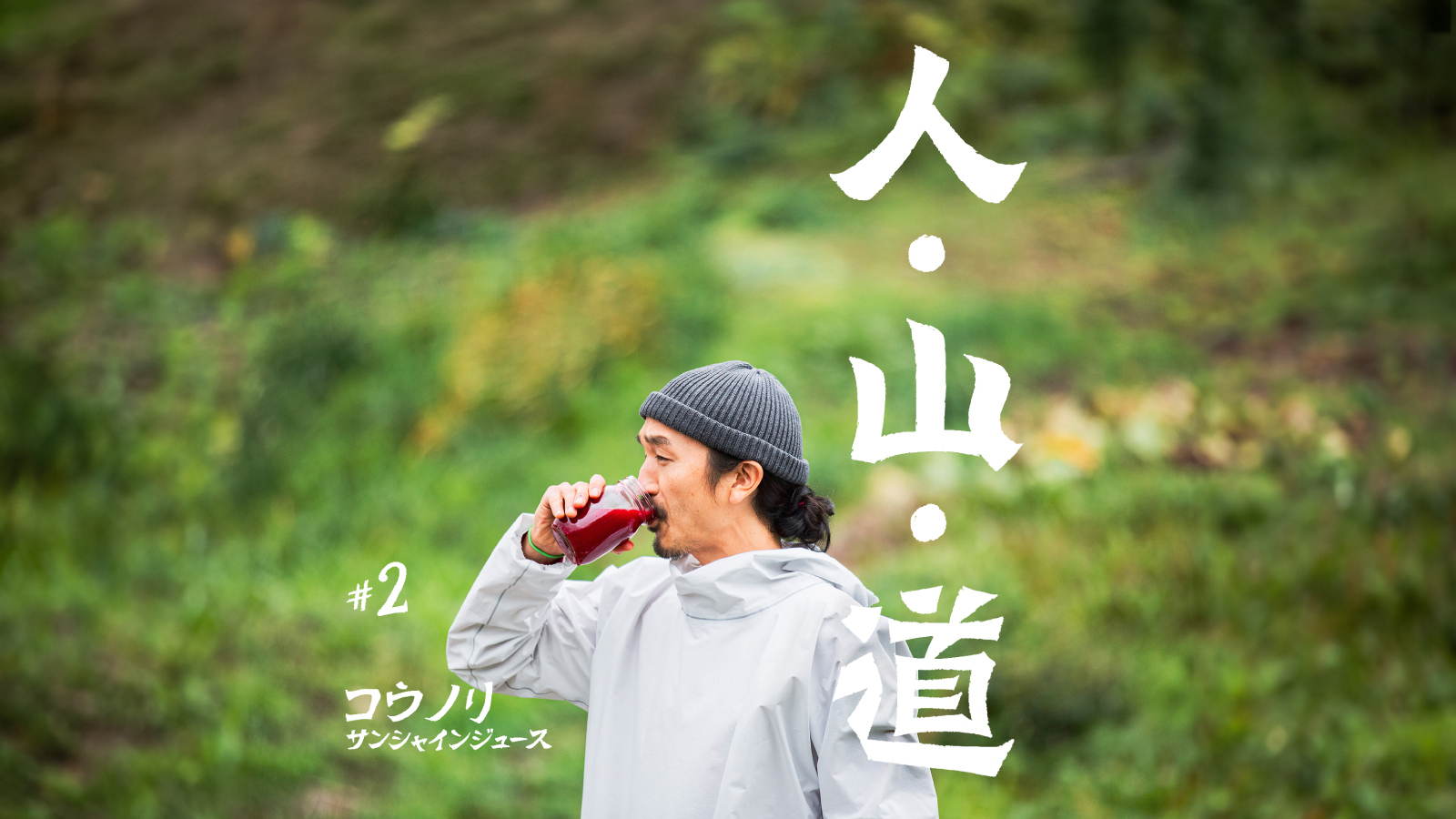#4 Takeshi Azuma
Photography: Masaaki Mita
#4 Takeshi Azuma
Photography: Masaaki Mita
In People, Mountains, Paths: The UL Way, we interview artists, designers, hikers and entrepreneurs whose lives and work intersect with Yamatomichi. We ask them how they chose the path they walk and the things they carry with them –– a theme that is at the core of the ultralight hiking ethos.
Our fourth guest is Takeshi Azuma, former owner of Yamashokuon, the outdoor store and vegan cafe that was the forerunner to Yamatomichi Kyoto. Takeshi is a sound engineer and a vegetarian chef specializing in South Indian cuisine. At the core of his diverse interests: ultralight hiking.
Field recordings as a way of thinking about nature

I met Takeshi Azuma at Ginkaku-ji. He had suggested the 15th-century Zen temple on Kyoto’s eastern edge because it wasn’t far from where he wanted to take me: the slopes of Mt. Daimonji.
Behind the temple, we started off on a trail that eventually merged with the main route to the peak. In a thickly forested area, Takeshi suddenly stopped.
“This spot should do,” he said. From his sling bag, he produced headphones, a boom microphone and a small hi-tech device at the end of a rod. After he’d turned everything on, he stood quietly, listening, staring into the distance.
He was recording. “The wind,” he said. But not just its sound. With the small device, he was also collecting data on wind direction and speed. “It might be more accurate to think of it as ‘archiving’ or ‘documenting’ the wind, rather than simply recording,” he explained.
Takeshi has been a sound engineer for more than two decades, producing music and working on sound installations for art exhibits and shops. He’d brought me out here, to the middle of the woods at the base of Mt. Daimonji, for a field recording –– to capture the sounds of the world outside the contained environment of a studio. With the wind data, he was taking things a step further. He thought of it as “landscape recording”. “The idea is to preserve the sound of a place as spatial information. No one can fully grasp everything that’s there, so I aim to capture and measure everything that can be measured.”
For Takeshi, field recordings are about discovery –– an exploration, a sensory journey, an investigation of a specific place at a specific time. “Field recording is also a method for continuously reflecting on nature,” he explained. “Listening to the sounds from field recording allows for objective reflection, too. It’s like having a space where you can reset yourself — a place you can return to.”
Takeshi’s sound creations defy easy categorization. His earliest field recordings date back to 2000. He later applied the techniques he developed outdoors to music recordings. While working as a sound engineer, he delved into studies of the human body and then expanded into food. He has produced field-recorded soundscapes and created site-specific sound installations; worked with ZAK, one of Japan’s leading sound engineers; and curated the sound at AMBIENT KYOTO 2022, an event celebrating the pioneer of ambient music, Brian Eno. (He continued his sound designing for AMBIENT KYOTO 2023.)

Takeshi’s interests in sound, food and the outdoors would converge after meeting Yamatomichi’s founder Akira Natsume, in 2014. At the time, Takeshi was working as a sound engineer in Kyoto, and experimenting at home with South Indian food and Nepalese dal bhat (lentil curry). After spotting Akira’s social post about an event in Tokyo that would cover hiking in Nepal’s Himalayas, Takeshi wrote in response: Why not serve dal bhat at the event?
Ultralight hiking hadn’t yet caught on in western Japan, where Takeshi was living. But he was already familiar with the philosophy and Yamatomichi’s status as one of Japan’s pioneers in the field, and wanted to meet Akira. So on the day of the Yamatomichi event, Takeshi headed to Tokyo carrying a pot of dal bhat that he’d cooked for the event’s attendees. There, he felt an instant chemistry with Akira and the Yamatomichi crew.
Two years later, Takeshi and Akira teamed up to open Yamashokuon (Mountain/Food/Sound), a shop in Kyoto combining hiking gear, South Indian-style vegetarian meals and music. The shop became a popular communal gathering spot for ultralight hikers and outdoor enthusiasts –– and Yamatomichi’s tiptoeing into western Japan –– until its closing in April, 2023. Since then, Takeshi has kept the Yamashokuon name alive with food events at Sibasi, a café and listening space in Kyoto, where he serves as its director.
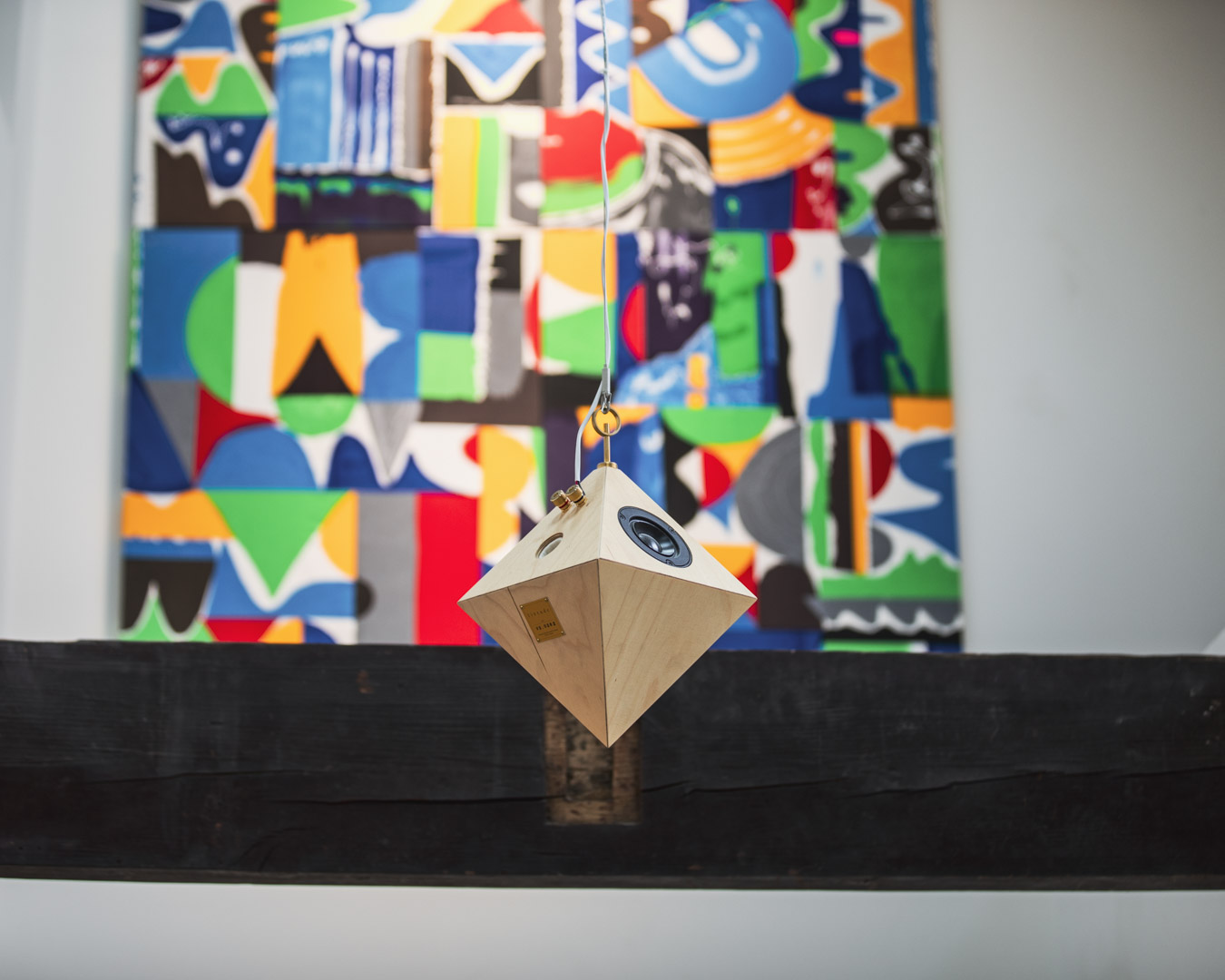
The Yamatomichi Kyoto shop’s polyhedron coaxial omni-directional speakers create the illusion of being surrounded by nature.
Yamashokuon’s closing was hardly the end of their partnership. When Akira opened the Yamatomichi Kyoto shop in 2023, he called on Takeshi to come up with a soundscape for the new space. Takeshi collected field recordings around Kyoto, including near the headwaters of the Kamo River, and blended them with sounds from other areas around Japan as well as from Ladakh, India, and Nepal. The result transcends time and space.
Takeshi’s chirping insects, bird calls and the rustling of a breeze –– from 10 polyhedron coaxial omni-directional speakers placed around the space –– are the shop’s signature sound. “The insects might sound as if they were recorded at the same place and on the same day, but actually, I use multiple files. Even if it’s from the same location, you’re hearing recordings from different days played together,” he said. “It’s not the sound of any specific place, nor is it the sound of nature as it exists on this planet. It’s not real, but I think it evokes a kind of natural experience that lives in the memories of people around Japan…It’s almost like being in a dream.”
Food's nourishing power
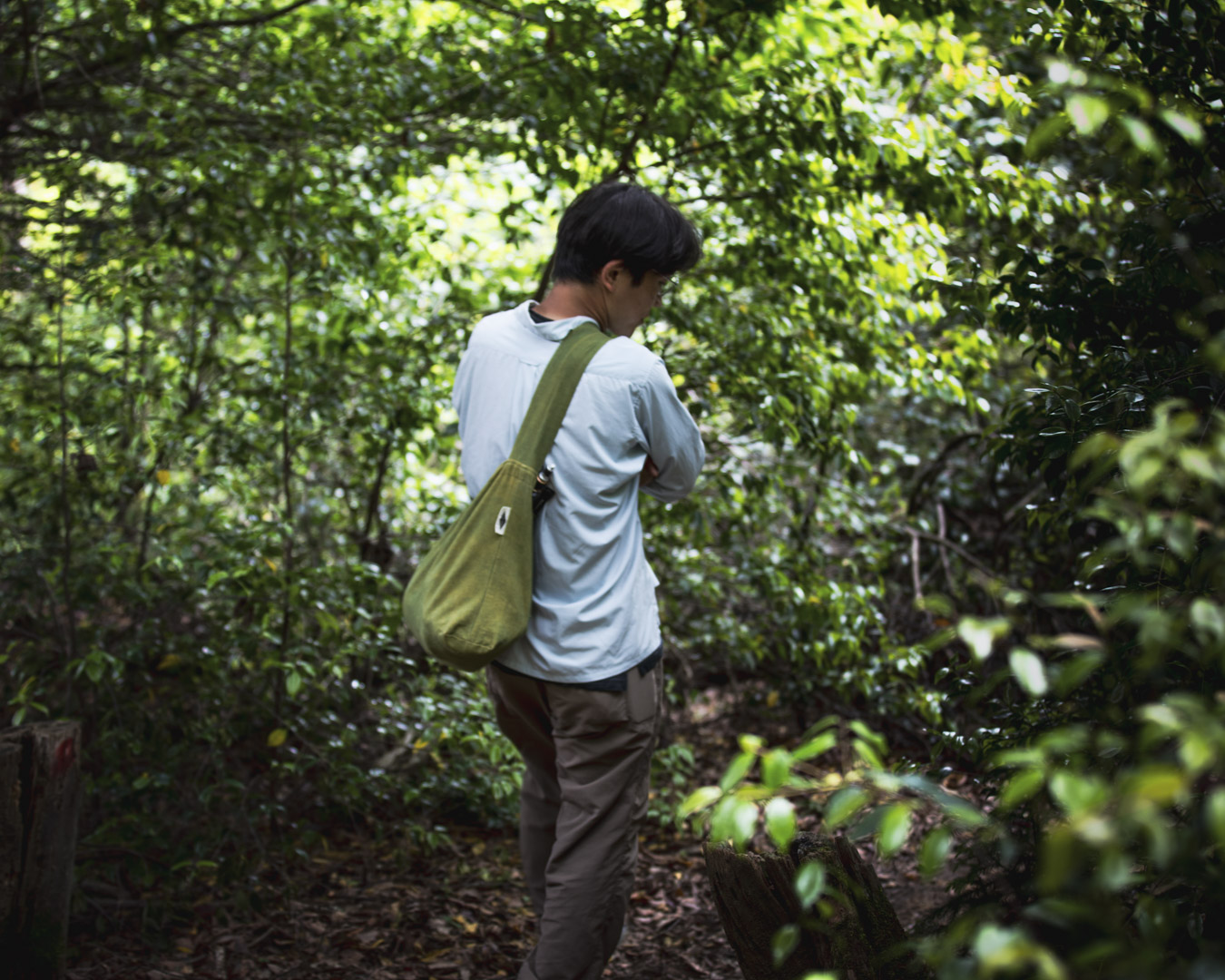
Takeshi’s career as a sound engineer began in his early twenties, when he worked freelance jobs producing audio for films and public address announcements for theatrical performances. He soon discovered the joy of recording sounds outdoors –– his affinity for the mountains, developed during his childhood on hikes with his parents, coming full circle –– and in his thirties devoted more time to his new hobby.
His pivotal experience with food would occur during this period, while working with sound engineering impresario ZAK on an outdoor theater at an art festival, held on the Kunisaki Peninsula, in Oita prefecture, southwestern Japan. During the two-month-long gig, most of the staff lived together in a lodge and got by on convenience store bento meals –– food that, while filling, left them unsatisfied. Takeshi suspected that the lack of nourishment contributed to tensions at the lodge among the staff.
“It was easy to see that the absence of joy in food was the reason,” Takeshi recalled. “Since ZAK and I are vegetarians, we cooked our own meals, like curry, in the shared kitchen. Thanks to that, we stayed physically and mentally healthy. Gradually, some of the staff became interested in the food ZAK and I were making, and within a few days, everyone was eating our home-cooked meals. That’s when things began to improve: everyone seemed healthier and relationships turned positive, and the atmosphere at the lodge improved. I think it even had a positive effect on the art. That’s when I realized the nourishing power of food.”
*ZAK
Renowned Japanese public address and recording engineer and producer. He rose to prominence for his sound mixing and production work with the band Fishmans, and has collaborated with numerous artists, including Ryuichi Sakamoto and UA, on recordings and live performances. His expertise extends to sound design for theater productions and public facilities. ZAK served as the sound director for AMBIENT KYOTO in 2022 and 2023.
Interpretations, not right answers
The hikes into the mountains that Takeshi remembers fondly from his childhood are now part of his daily routine. It’s liberating, he said, and an essential activity for his overall wellbeing.
“Hiking allows me to go wherever I want, for however many days I want. There are basically no fixed rules or restrictions. By immersing myself in the activity, I gain clarity on what I truly want to do.”
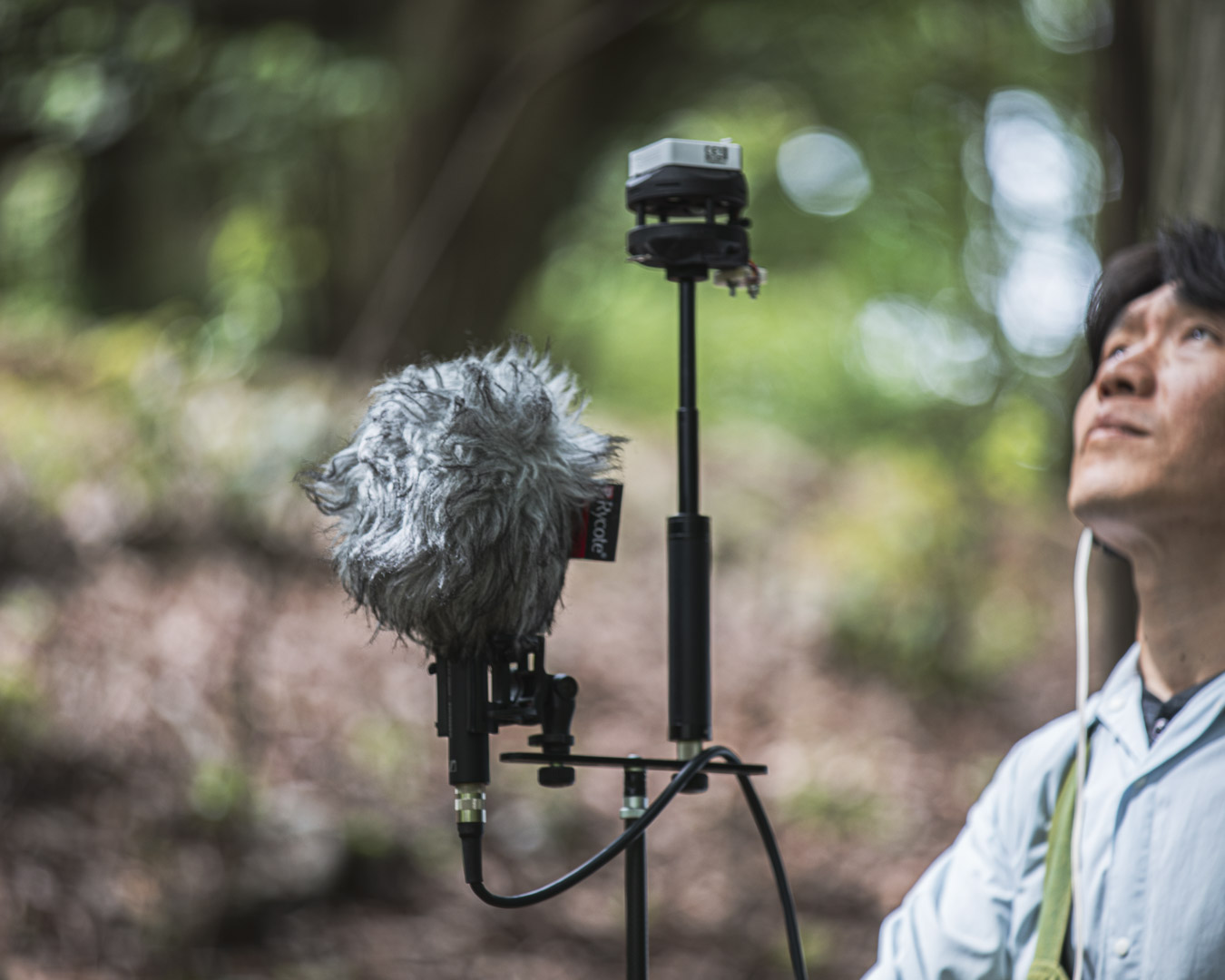
Takeshi’s DIY field recording equipment originates from the same mindset as his homemade hiking gear.
Even before working with Yamatomichi, Takeshi was making his own outdoor gear. He liked that there were no correct answers when it came to ultralight hiking. “It’s a world where you interpret things for yourself and create your own solutions. That’s the core idea. It’s the same with my sound engineering work. If the equipment or tools that I need for recording or a project don’t exist, I make them, and the result always leads to something new.”
Years before opening Yamashokuon, Takeshi taught soldering classes at a local music vocational school. He often stressed to his students the importance of a DIY mindset, showed them his homemade equipment –– and even taught them how to make their own. “It was simple stuff –– backpacks and ponchos. I was already making that kind of gear, and I’d show my students how to make their own or how to choose hiking equipment. That wasn’t part of the class curriculum, but I’d slip it in –– sort of like background music as they focused on their classwork.”
His students wanted to hear more about things that would come in handy at outdoor music festivals. He’d explain how, with the right gear, they could hike or enjoy music outdoors, even in a downpour. “I’m always analyzing what genuine comfort means to me, in order to reach an optimal, comfortable state — the feeling that something is just right,” he said. “With ultralight hiking, you’re always asking, ‘What do I really need?’ and taking the time to figure that out as you select your gear.”
It’s a question that he applies to all aspects of life.
“‘What am I feeling right now?’ ‘What do I want to express?’ When you start asking yourself questions like that, you can begin to identify what’s truly necessary, and you realize what you don’t need or that you can make do with something else. It allows you to take an objective look at what’s essential. I think about this constantly. As a result, I’ve learned to approach things more simply. I can get straight to the answer for what I actually need, and I can do it faster than before.”
Takeshi Azuma's Values and Practices
Values
I place a lot of importance on my connections with people.
Practices
As has often been said for generations, it’s about doing properly what needs to be done now. And if something hooks me, I go deep, researching it and then internalizing what I’ve learned until it’s second nature.

Sound Engineer
Born in Nara Prefecture. Takeshi began his field recordings in 2000 and later applied his skills to music recording. While working as a sound engineer, he delved into the human body and food. In 2016, he co-founded with Yamatomichi a shop –– Yamashokuon –– in Kyoto that fused the outdoors, food and music. (It closed in 2023.) Currently, he creates sound installations, as well as field recording sounds and overseeing live recordings. He worked as a sound producer at AMBIENT KYOTO in 2022 and 2023, and came up with the soundscape for the Yamatomichi Kyoto shop, which opened in 2023.
https://takeshiazuma.com/







